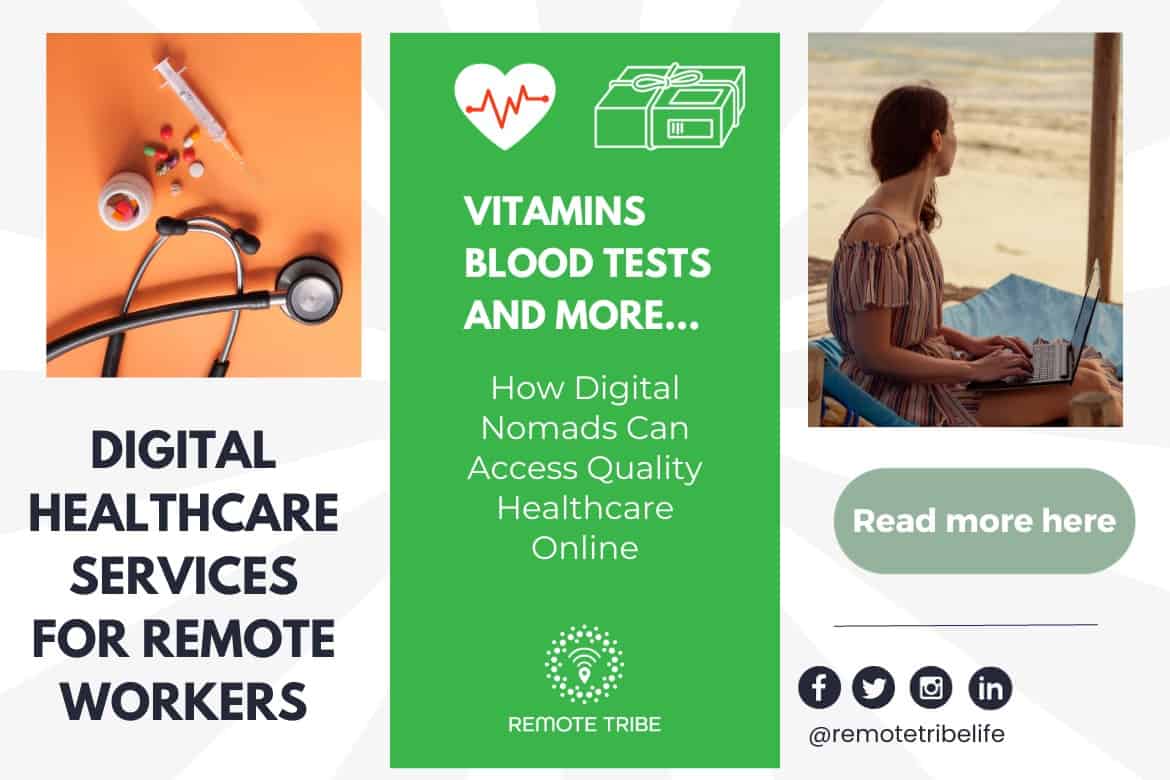Checking out the Growth of Subscription Based Healthcare in the Digital Age
The Surge of Subscription-Based Medical Care and Its Effect On Client Treatment
As medical care progresses, the subscription-based model is gaining grip, promising to revolutionize client treatment by offering predictability and access. These models, which bypass traditional insurance policy, can redefine the patient-doctor dynamic, stressing precautionary and individualized treatment. As with any development, they present obstacles, specifically worrying equitable access for all socioeconomic teams. The potential for these designs to improve health care distribution elevates pushing questions about their long-term sustainability and inclusivity. Are these subscription services the future of health care, or do they take the chance of leaving susceptible populations behind? The intricacies of this shift warrant a better examination.
Comprehending Subscription Healthcare Versions
Realizing the idea of subscription medical care versions entails examining a transformative approach to clinical services that emphasizes cost and accessibility. These models, commonly described as straight health care (DPC) or concierge medication, have become ingenious choices to standard fee-for-service medical care systems. Membership healthcare allows individuals to pay a fixed month-to-month or yearly cost for a defined set of clinical services, which may include limitless workplace sees, regular check-ups, and fundamental laboratory tests, without the requirement for typical insurance coverage payment.
The framework of membership medical care versions is developed to streamline client treatment by eliminating third-party payers and intricate billing codes, thus reducing administrative concerns. Health care companies can focus a lot more on person treatment, fostering more powerful patient-provider connections. This design likewise promotes preventative care by encouraging routine brows through, as the financial challenge of per-visit charges is gotten rid of.
The registration version usually equips doctor to take care of smaller sized client panels, enabling even more customized treatment. It straightens financial rewards with client health outcomes, as service providers are encouraged to preserve individual fulfillment and wellness. Generally, understanding registration health care designs calls for identifying their prospective to reshape just how care is supplied and accessed.
Benefits for Patients and Companies

For companies, subscription-based designs use the possibility to grow patient-provider partnerships. With a constant revenue stream, healthcare professionals can dedicate more time to each patient, bring about an extra tailored and extensive care experience. This model also reduces dependence above person quantities, easing fatigue and improving task fulfillment. The emphasis on preventative treatment within subscription strategies can lead to much better client outcomes and minimized long-lasting healthcare expenses. By concentrating on continual treatment, service providers can resolve concerns before they rise, eventually profiting the health care system overall by reducing the worry on emergency and acute treatment services.
Difficulties and Problems
While subscription-based healthcare designs existing numerous benefits, they likewise feature a set of challenges and worries that have to be dealt with. Availability continues to be a significant issue, as these designs commonly target individuals that can manage monthly costs, potentially leaving out low-income populaces. This elevates moral inquiries concerning fair accessibility to medical care solutions. In addition, the diverse nature of registration strategies can bring about complication amongst individuals pertaining to insurance coverage specifics, possibly leading to unmet expectations or insufficient care.
Financial sustainability of subscription-based versions is an additional issue. Carriers have to stabilize the fixed income from registrations with the variable prices of health care services, which might vary due to unforeseen medical demands. This can produce pressure to restrict services or rise charges, potentially influencing individual fulfillment and care high quality.
Additionally, governing oversight of subscription-based healthcare models is still progressing. Resolving these challenges is essential for the successful and equitable application of subscription-based medical care.
Effect On Patient-Doctor Relationships
One substantial impact of subscription-based healthcare models on patient-doctor relationships is the potential for enhanced continuity and individualized treatment. By taking on a registration version, medical professionals can take care of a smaller sized person panel, permitting even more devoted time with each person. This raised schedule cultivates a much deeper understanding of an individual's case history, lifestyle, and preferences, check this site out enabling more customized therapy plans and treatments.

Nonetheless, it is crucial to recognize that while subscription-based versions may benefit those that can afford them, they can unintentionally expand healthcare differences. Clients that are not able to take part in these versions might experience lower access to individualized care, possibly impacting their partnerships with health care companies. Hence, while the membership model uses promising benefits for patient-doctor relationships, it likewise poses difficulties that require to be addressed to make sure equitable health care accessibility.
Future of Healthcare Accessibility

The duty of learn the facts here now technology can not be overlooked in this change. Telemedicine platforms and electronic health documents facilitate smooth interaction in between individuals and doctor, breaking down geographical and logistical obstacles. In addition, innovations in expert system and data analytics can even more individualize healthcare by forecasting individual requirements and optimizing treatment strategies.
Nevertheless, the future of health care access additionally provides difficulties, such as guaranteeing equity throughout various socio-economic teams. Policymakers and medical care carriers must collaborate to link the digital divide, ensuring that subscription-based versions stay inclusive and economical. As these systems develop, they hold the guarantee of making medical care a lot more available, reliable, and patient-centric.
Conclusion
Subscription-based medical care models are improving patient care navigate here by giving a steady price framework and improving access. These models enhance patient-provider partnerships through customized treatment and normal visits, highlighting preventative wellness. Regardless of these benefits, challenges such as availability concerns for low-income populaces and the need for equitable healthcare services persist. The surge of subscription-based healthcare encourages positive individual involvement, which has the possible to boost patient outcomes and complete satisfaction, indicating a transformative change in medical care distribution.
As medical care progresses, the subscription-based design is acquiring traction, promising to revolutionize person treatment by using predictability and availability.Subscription-based health care models offer distinctive benefits for both clients and suppliers, enhancing the total health care experience.As healthcare systems advance, the future of healthcare accessibility often hinges on the assimilation of cutting-edge models and modern technologies.Subscription-based health care models are improving client care by supplying a stable price structure and boosting ease of access. The surge of subscription-based health care urges positive individual involvement, which has the potential to boost individual outcomes and contentment, indicating a transformative change in health care distribution.